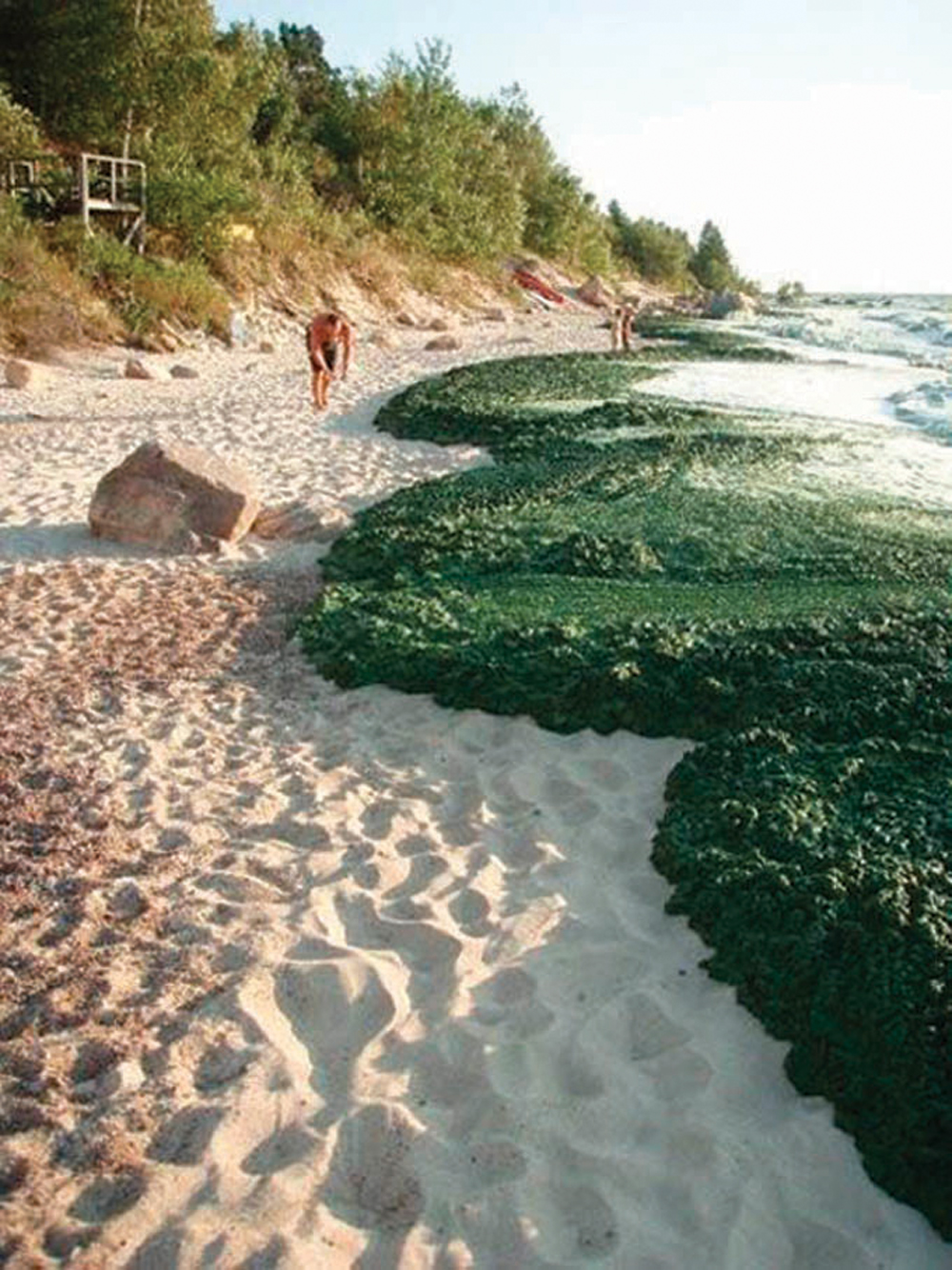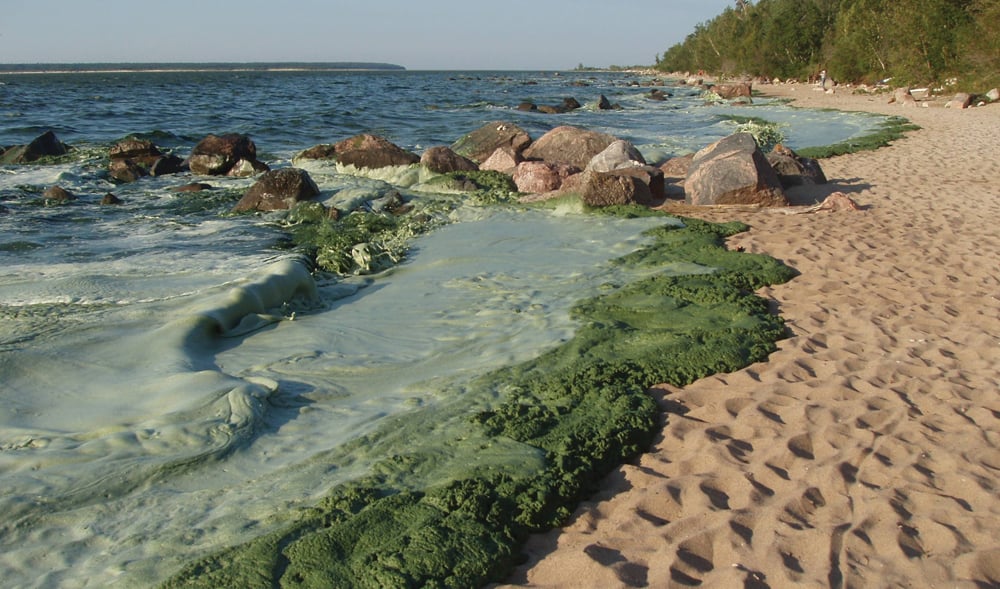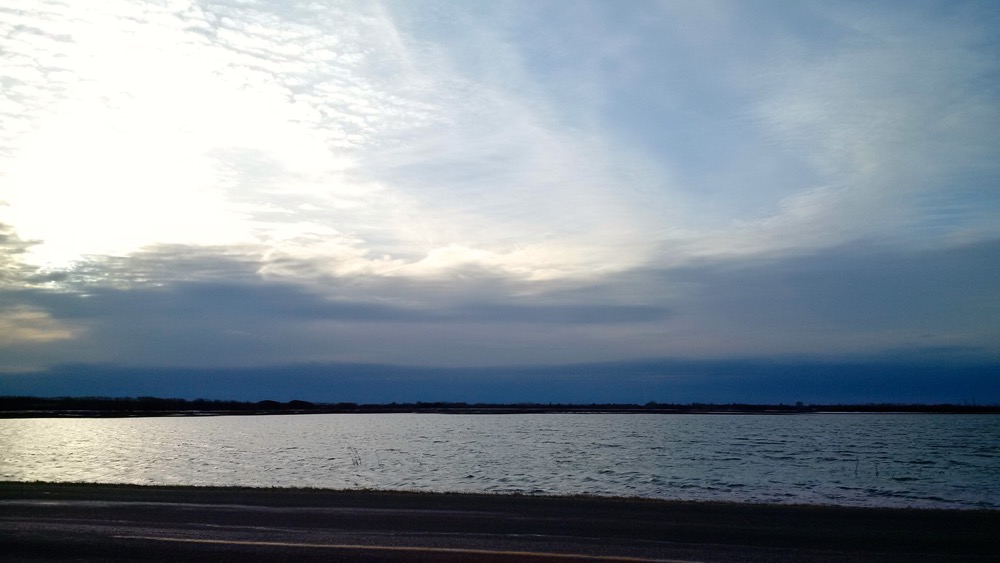Whether you are driving along a rural road or flying across southern Manitoba, it does not take long to appreciate why this province is known as the land of 100,000 lakes. From Prairie potholes to the inland seas of lakes Manitoba and Winnipeg, these water bodies help define this province and who we are as Manitobans.
Given the importance of these lakes to our economy, culture and natural environment, it is not surprising that many Manitobans are becoming increasingly concerned about the negative changes being seen in and around a number of Prairie lakes. These include regular algal blooms, invasive species such as zebra mussels and, most recently, warnings about the state of fisheries in three large Manitoba lakes.
Read Also

First Manitoba hay harvest short
Manitoba’s first hay cut of 2025 isn’t huge by initial counts, but things are worse farther west in the Prairies
With a provincial election approaching April 19 and World Water Day March 22, it’s an opportune moment to take stock of what we need to do, from science to changing our practices and government policy, in order to protect our water.
More lakes in trouble
This time the concern is not just about our usual suspect, Lake Winnipeg. More recently, many other Prairie lakes have been increasingly experiencing significant water quality issues. Lake Killarney, for example, was in the media last summer for its algal blooms and is now the subject of closer scrutiny. From too many nutrients to rising water temperatures and invasive species, the health and the water quality of our lakes are declining.
Why is this happening? The decline in water quality is driven by a large number of sources of pollution scattered across the landscape — with municipalities, cottages, industry, agriculture and other sources each contributing to a collective problem.
The excessive moisture and flooding we have seen in recent years has only compounded this situation, given that high water flows during spring melt can result in excessive nutrients entering Prairie waterways. As climate change increases the number of intense rainstorms and potentially the frequency and scale of flooding on the Prairies, it is realistic to expect that Manitoba’s water quality concerns will only grow in the future.
Collective problem
So if this is a collective problem, how can we collectively find solutions?
There is also some uncertainty around what works to prevent or solve water quality problems. For example, a recent study has shown that the popular practice of using riparian buffers to mitigate nutrient overloading in lakes is ineffective and can even make things worse. This finding points to the continuing need to measure the impacts of our actions and base the management of our natural systems on the best available science.
Too often actions taken in response to concerns about the long-term health of Prairie lakes have been unco-ordinated and focused on short-term gains without exploring long-term solutions. Finding solutions to this pressing problem instead requires pulling together existing well-intentioned but fragmented efforts into an integrated strategy that focuses on long-term prevention and ‘cleaning up.’
It requires engaging everyone with a stake in ensuring that current negative trends are reversed — from rural municipalities, conservation districts, fishermen, farmers, cottagers, industry and tourism operators to researchers and policy-makers.
Better data
It also requires making available data, such as high-resolution Lidar (topographic) data, the climate data beginning to be shared by the Prairie Climate Centre, and water-monitoring data to understand broader trends and how they are being impacted by management actions. Data access will help ensure that limited resources are, in fact, being targeted wisely.
Perhaps most importantly, ensuring the long-term health of Prairie lakes will require political will and leadership to prioritize strategic investments in water management.
By acting now we can work to prevent Lake Killarney, Lake Manitoba and other Prairie lakes from reaching the levels of regular algal blooms and nutrient overloading concerns of Lake Winnipeg. In doing so we can ensure these lakes continue to thrive, along with the recreation, employment, hunting, agriculture, water storage and other benefits that we so enjoy as residents of the land of 100,000 lakes.
Dimple Roy is the director of IISD’s Water program and Jo-Ellen Parry is IISD’s adaptation lead.



















